THE HUMAN BIOFIELD / AURA RESET
cleansing what does not belong in your auric energy field
About the digital, wireless hacking of human cells & how to protect yourself with frequencies
FOR ALL HEALERS . THERAPISTS . PERSONS SERVING HUMANS
It is incredible how fast the biotech, AI-Tech, Quantum-Tech, interactive medicine Convergence is advancing and doubling and tripling their techno knowledge in new methods for whatever communication, inside the body and outside. We all should know and learn about this, to be able to use natural protection methods so we don´t get sick or weak from the vampiring of our low frequency cell energies or from the millions of microwave energies bombarding us in our smart boxes called homes, shops, malls or offices.
You can find valuable integer information on following channels:
https://rumble.com/user/MollyMofMoo she explains well and is very informativ
https://rumble.com/user/nonvaxer420 difficult for beginners, but one of the best informative channels
https://odysee.com/@psinergy:f very creative informativ information, she started 2 years ago a whole movement (see telegram). She is very original and sometimes difficult to follow
https://www.ftwproject.com/blog/ very profound powerpoint explanations and solutions
!!!!!!!!!! Google search for Dr. Ian F. Akyildiz videos He is the Top of 5G, 6G and higher, plus Terahertz communication technology and the absolute top man to go to for information. He is the source of much of it. His Wiki: https://en.wikipedia.org/wiki/Ian_F._Akyildiz
2 Videos in Youtube: Nanonetworks: https://www.youtube.com/watch?v=S3RAGryfa5A Tera Band – ARRC Seminar: https://www.youtube.com/watch?v=YAtQFkEg5-w
Abstract:
Wireless body area network (WBAN) is a remarkable, reliable and the most beneficial trend in the e-health monitoring system. WBANs are operated using low power wireless technology to link minute sensors with invasive or non-invasive technology for examining the patients. WBANs when used in a dense environment or operated along with other wireless sensor networks, there occurs communication interference which may reduce the system performance due to unstable signal integrity. So interference mitigation should be considered in the design.
The interference is basically of two types: inter-network and intra-network interference. This paper focuses on a comparative study of mitigation techniques of inter-network interference and also discusses the open issues in WBAN. Keywords IEEE 802.15.4 IEEE 802.15.6 Medium access control (MAC) Interference mitigation Signal-to-interference-and-nose-ratio (SINR) Probability density function (PDF)
A Comparative Study of Interference and MitigationTechniques in Wireless Body Area NetworksMahammad
Firose Shaik1•Venkata Lakshmi Narayana Komanapalli1•M. Monica Subashini1Published online: 23 October 2017Springer Science+Business Media, LLC 2017
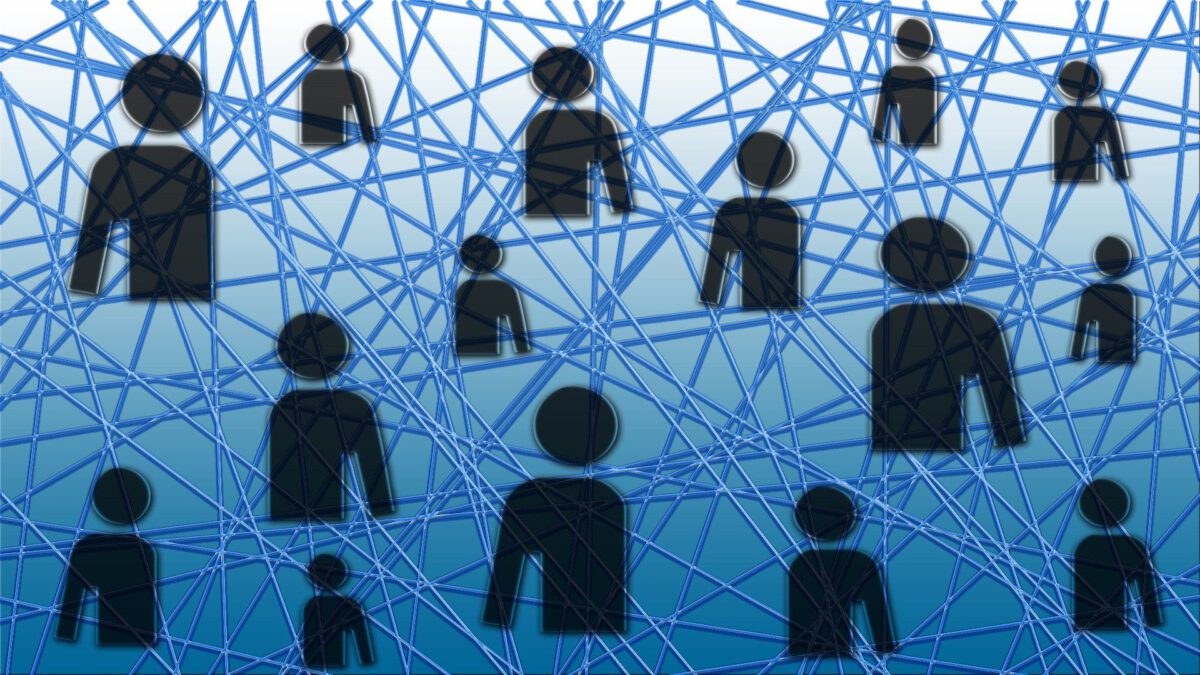
To learn more about frequencies, how they work in and around us and which influence they have, it is necessary to learn about
- ancient teachings about frequencies, energy, healing such as in 6000 year ancient Chinese Medicine
- ancient and today´s teachings on how to balance your energy bodies like spiritual practices and martial art shows us.
- the knowledge and wisdom about the function of our chakras and different energy bodies, how they work and how to reach balance
- the different levels of radiation we experience in 2023 and will experience beyond. The Tech is using humans to route frequencies for many reasons
- learn about the different wireless area networks that are in use to make our digital world possible, but hurt humans effectively
A guide for the selection of routing protocols in WBAN for healthcare applications
Conclusions
(from science report 2017)
Wireless body area network is a part of wireless sensor network, with a number of nodes deployed within and on the surface of human body to measure different biological parameters for a particular application. In this survey article, various existing routing protocols that are used in WBANs are categorized and briefly analyzed from the available articles between the years 2002–2016.
It is seen that the routing protocol plays a vital role in the design process of every efficient, reliable, low cost wireless body sensor networks. Based on the structure and nature of networks, the routing protocols for WBANs are categorized as cluster-based, cross-layered, postural movement based QoS aware and temperature-aware protocols. It is observed that there is no strict classification of protocols is possible since most of them aims or results in achieving the challenges of sensor networks.
It is also concluded that each protocol is application dependent, i.e., the protocols used for daily monitoring and the critical medical cases are different. The future directions for each group of protocols are also presented which helps the researchers to focus on their interested area. Also, a comparative study of different protocols has been examined so that an appropriate protocol can be selected according to the targeted application. This survey will benefit the researchers to study the existing routing protocols for WBANs in the field of healthcare systems.
The Future work includes the design and implementation of a body sensor prototype with a newly designed routing protocol, which will be highly energy efficient and reliable one for rehabilitation of old age people using a micro-controller based system with suitable sensors.
To learn more about the human biofield and how it is used for all kind of data routing, transmission, I had to learn complete new words, symbols, meaning of terms and concepts, and another way of thinking as I was used in my rather spiritual, sensitive, non-physical healing work. So here are some concepts for you you can search upon. (always look first at images in google)
A Review on Wireless Nanosensor Networks Based on Electromagnetic Communication
from Ana Mihelcea – from her Newsletter on November 15, 2023
Nano nodes:
Nano nodes are tiny devices with limited energy, computational, and storage capabilities. They are diffused into a target area for sensing and collecting the information from the environment. Size of the WNSN is mainly defined by these Nano nodes because there are more in numbers to capture all relative information from the target area. The performance of WNSN is influenced by the number of Nano nodes that are used in networks [8].
Nano router:
Size of the Nano router is larger than the Nano nodes and having more resources than previous one. They aggregate and process the information coming from Nano nodes and direct this information to Nano-micro interface through Nano-link. Nano router also control the behavior by means of sending short controlling messages.
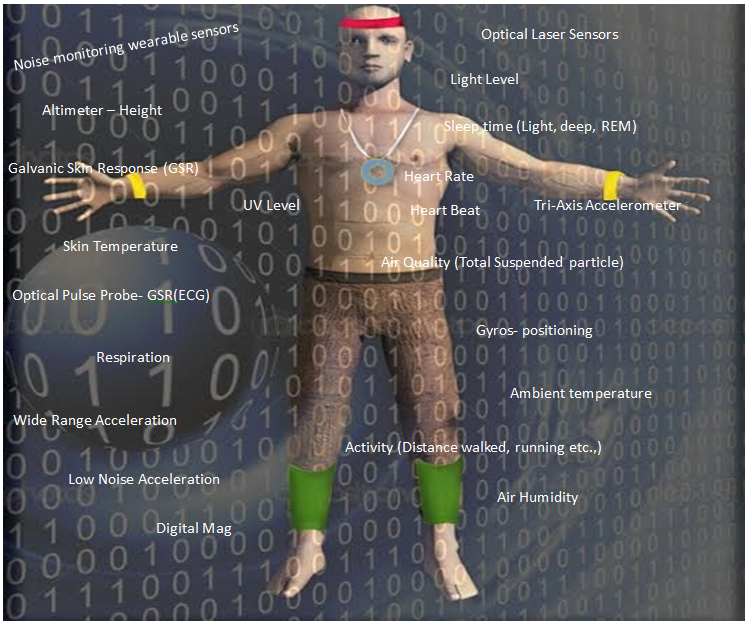
Nano-micro interface:
These devices aggregate the information coming from Nanorouter and convey these information to the micro scale and vice versa. Nano-micro interfaces are the most complex hybrid devices able both to communicate in the Nano scale using Terahertz Band and to use classical communication paradigm to communicate conventional communication networks.
Gateways:
Gateways are micro scale devices that enable the remote control of entire system over the internet. These are the devices that collect the information from the Nano networks and provide these information to the remotely placed monitor through internet. Nano nodes, Nano router and Nano-micro interface are may be static or dynamic according to the application. For example, in the industrial scenario we can assume that the topology of WNSN is static while in the health-care scenario the topology is dynamic. For all the scenarios, the network configuration, the number of Nano machines, communication and interaction between them and also with the internet still need to be investigated
I have shown many such biosensors in C19 unvaccinated blood of different sizes: (link to ana´s Substack Website)
Optical Biosensors For Bidirectional Telemetry – Live Blood Analysis Of C19 Unvaccinated Blood
Abbreviations for your Google Fingers Research:
- WBAN: wireless body area network
- QoS: quality of services
- RL-QRP: reinforcement learning based routing with Qos support
- WASP: wireless autonomous spanning tree protocol
- RAIN: routing algorithm for network of homogeneous and Id-less biomedical sensor nodes
- M-ATTEMPT: mobility-supporting adaptive threshold-based thermal-aware energy-efficient multi-hop protocols
- CDR: critical data routing
- RAR: reliability aware routing
- DMQoS: data-centric multi objective QoS-aware routing protocol
- LEACH: low-energy adaptive clustering hierarchy
- CBBAP: cluster based body area protocol
- HIT: hybrid indirect transmission
- PEGASIS: power-efficient gathering in sensor information systems
- MAC: medium access control
- CICADA: cascading information retrieval by controlling access with distributed slot assignment
- TICOSS: time zone coordinated sleep scheduling
- OBSFR: on-body store and flood routing
- ETPA: energy efficient thermal and power aware routing
- PSR: prediction based secure and reliable routing framework
- DVRPLC: distance vector routing with postural link costs
- PRPLC: probabilistic routing with postural link costs
- ENSA-BAN: efficient next hop selection algorithm
- TEEN: threshold sensitive energy efficient sensor network protocol
- ARBA: adaptive routing and bandwidth allocation protocol
- LAEEBA: link-aware and energy efficient scheme for body area networks
- Co-LAEEBA: cooperative link-aware and energy efficient protocol for WBAN
- MLEEBA: modified LAEEBA: link aware and energy efficient scheme for BAN
- ZEQoS: Zahoor energy and QoS-aware routing protocol
- QPRR: QoS aware peering routing protocol for reliability sensitive data
- DARE: distance aware relaying energy efficient protocol
- SIMPLE: stable increased-throughput multi-hop protocol for link efficiency
- QPRD: QoS-aware peering routing protocol for delay sensitive data
- QRP: Q-learning based routing protocol

- AMR: adaptive multihop tree-based routing
- EPR: energy-aware peering routing protocol
- EAWD: energy-aware topology design
- EBRAR: energy-balanced rate assignment and routing protocol
- EERS: energy-efficient routing scheme
- MDGRA: modified Dijkstra’s global routing algorithm [49]
- RACOON: random contention-based resource allocation protocol
- EAR: environment-adaptive routing algorithm
- LOCALMOR: localized multi-objective routing protocol
- RE-ATTEMPT: reliability enhanced-adaptive threshold based thermal unaware energy-efficient multi-hop protocol
- TMQoS: thermal-aware multi constrained intra body QoS routing protocol
- M-ATTEMPT: mobility-supporting adaptive threshold-based thermal-aware energy-efficient multi-hop protocol
- THSR: thermal-aware shortest hop routing algorithm
- HPR: hotspot preventing routing
- LTRT: least total-route temperature routing protocol
- LTR: least temperature routing protocol
- ALTR: adaptive least temperature routing protocol
- TARA: thermal-aware routing algorithm

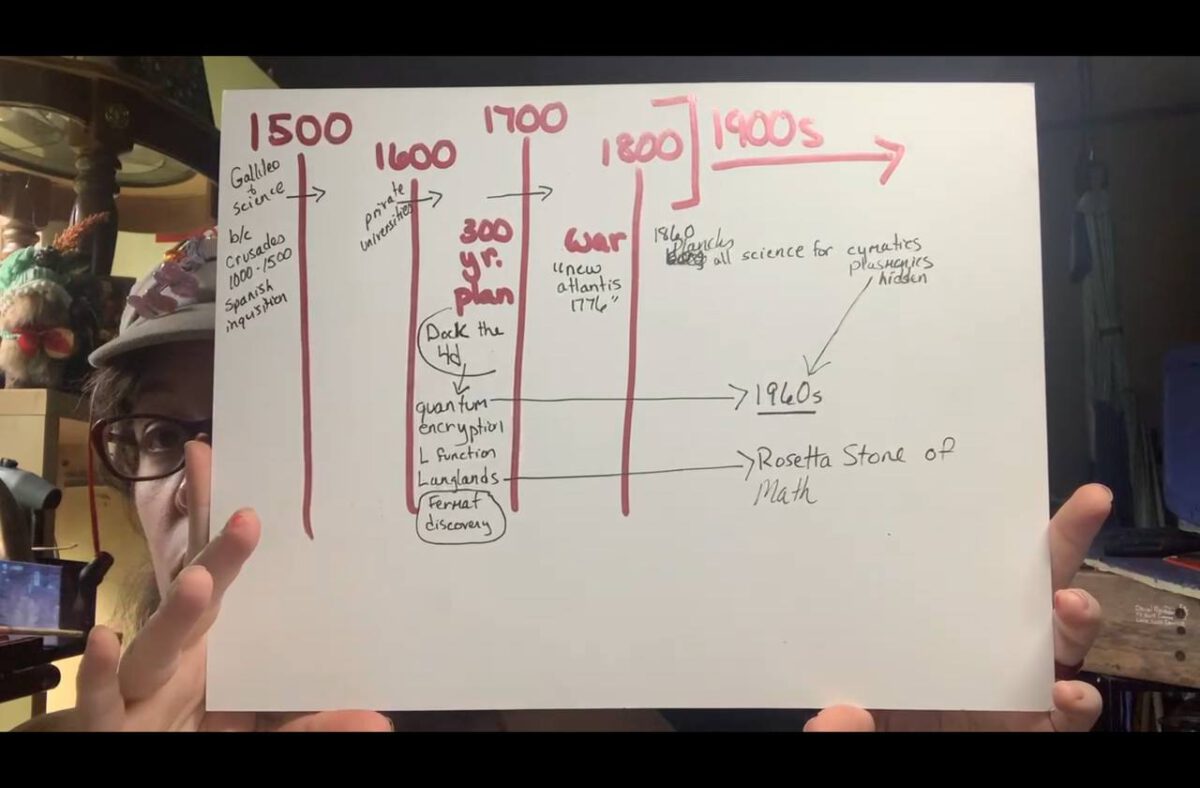


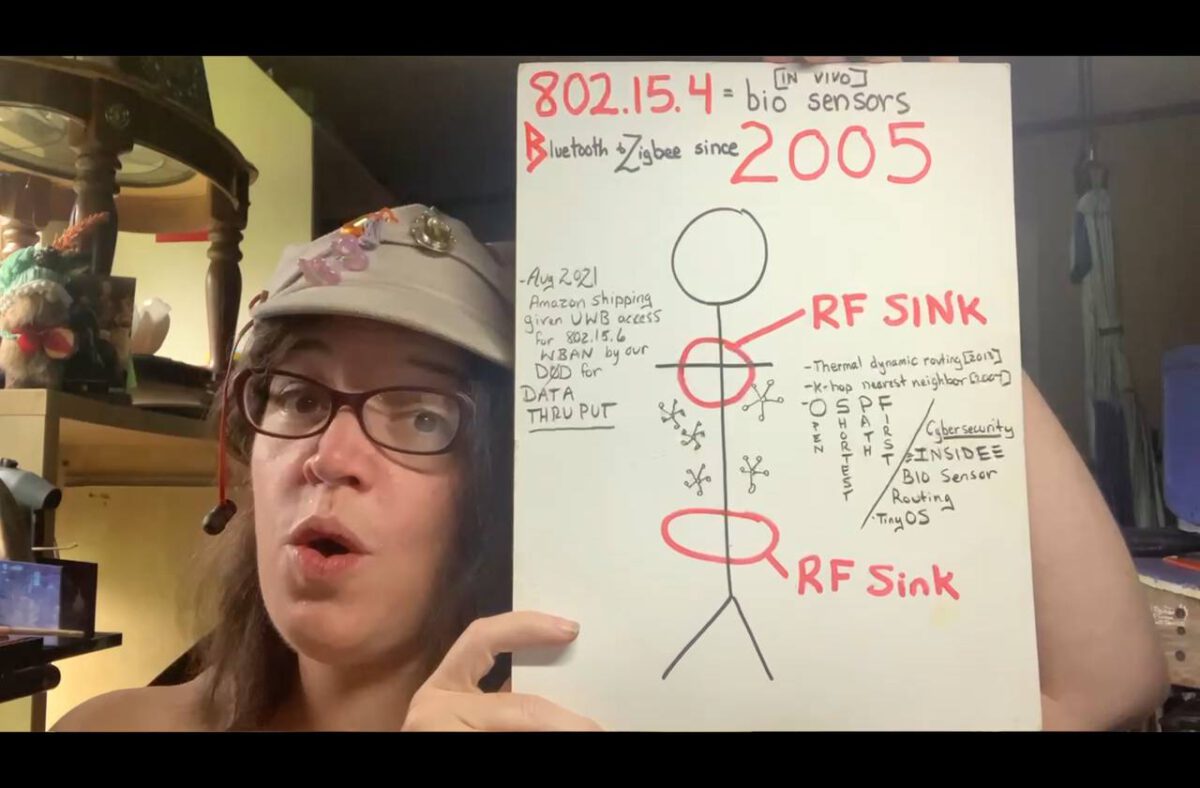


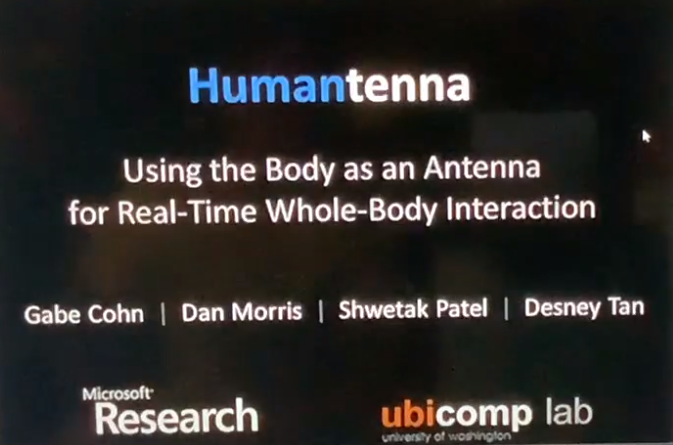
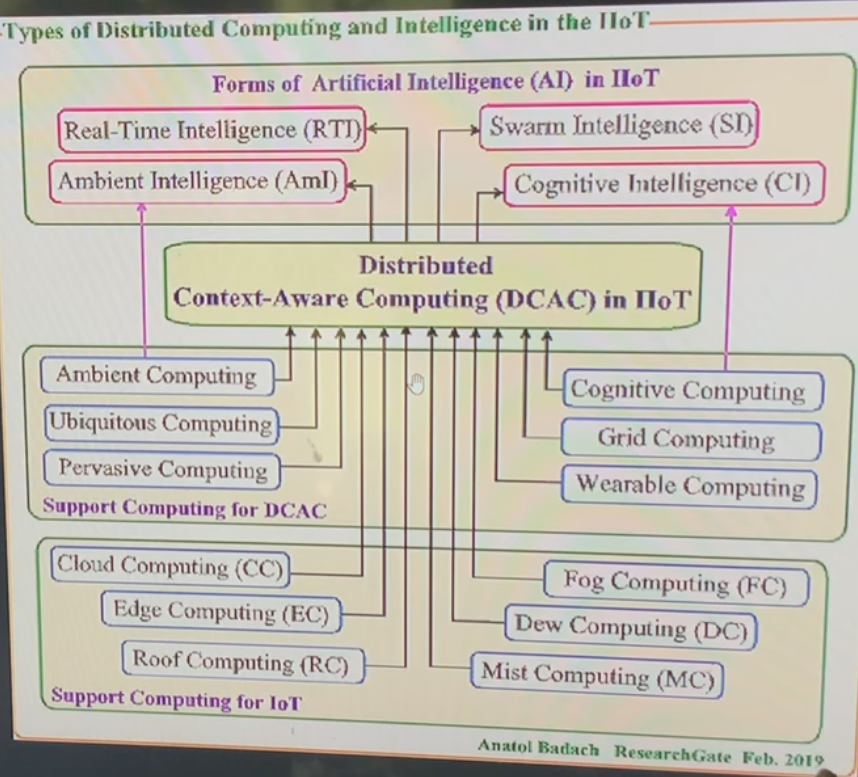
HOW DO THEY GET THE BIOSENSORS IN ME?
BIOFIELD ANALYSIS IN MEDICAL BODY AREA NETWORKS
[00:00:01] This presentation is going to focus on biosensors and where to find them and how to look them up. We’re going to start on YouTube and we’re going to watch the very first video that pops up right here, an animated introduction. At least I think we are. Here we go.
[00:00:24] What is a biosensor? A molecular biosensor is a sensing device for specific molecules known as Burma. Is molecular recognition Is the detection of biomarkers working in conjunction with the reader. Watson’s operates by dictating the sample taken through its decision fluid and is one of the inside of the body.
[00:00:46] Now, what are we looking at there, folks? Because people ask all the time about this particular portion of the equation. When I explain very rapid fire to people, I always bring up biosensors in the main Google, which will bring you the main images. Maybe it’s from different images where you are these those are the main two that I show because I explain, as you see here from the image from MDI, and I always tell folks, source where we’re getting our information from. Biosensors have their own scholarly journals, just like Ellis Sphere for neurology and things that you might be more familiar with.
You can find them in the biosensor journal at MVP, and they will tell you right here in the front that it’s an international peer reviewed and then it will tell you right here, excuse me, where did you go on the home page? And normally there’s a little introductory blurb. I apologize. I see indexing and archiving. Okay, Here I’m about an overview. No, just tells you about and. Okay, well, at any rate, this is the biosensors section and journal rank. Read the publication latest articles highly accessible or highly accessed articles which won’t make any sense, I’m sure at this point exploring the potential applications of engineered borrow thin in nano bio sensing in their gnostics, a monolayer of boron known as Boral Fine has emerged as a novel and fascinating two dimensional material with exceptional features. And then you’ll have how it’s put together, the chemicals that it uses and the transduction that it uses in each direction. And then they’ll show you more pictures of that because biosensors require your molecules made out of your body. So that’s the MDI Journal. Okay. And that’s where this little images from.
When we say DNA analyte derivative, it can be an enzyme, a nucleic acid, an antibody. And then we’re going to use optogenetics, electrochemical, biochemical change piezoelectric. That’s that electrical pressure you see shooting out of my hair follicles from mechanical stress or bio thermal changes, which could also include barometric or wearable pressure. Biosensors have been around a very long time. They’re used for all sorts of different things. And I often show 1956 down here to give people a timeline marker to have an idea of how long they have been around.
For many uses, I bring you here to show you environmental monitoring, soil monitoring and pathogen discovery, drug discovery, disease detection and biosensors for health care, current and future perspectives. And the Google term would be biotechnology. And while I show you all these pictures, folks are still very confused because they want to understand how is this thing making itself out of me or that says plasma blood in cells and biosensors measure biological or chemical reactions by generating signals, electrical signals in the body. Now, in my denial presentation last night, I asked the question, Why is this so difficult for folks? Because nobody told you you have an electrical body part. So for you, you think that what they’re showing you here is part of your digestive system, maybe some part of your nervous system, But that’s not true. This is your immune system, your lymphatic and your skin. This is your bloodstream, this is your bioshield, your electrical body part that’s responsible for transfusing what you had for lunch. So it’s not a big step given that this body part is responsible for digestion as well to come here and start grabbing interstitial fluid in between fluids and anything we want electrically changed. This’ll change the rate of transduction, change that type of transduction and generate out of your own body part with your energy that would be used for digesting your lunch. But instead we’re going to create a different type of biosensor to transmit data to the Internet of Things.
That is what these little suckers are for, along with many other things in soil and different times when we have weather events, we need to get into like the top of the volcano where humans can go, They can do anything because they can grab up a regular molecule, a little electricity and kaboom, kaboom. There they are. And they communicate with electricity, just like your cell phone. Oh, keep that in mind.
more?…. go to her PSINERGY ODYSSEE CHANNEL… and surf the many videos
Conferences >2023 International Wireless C…
New Frontiers in Medical Biometrics, Diagnostics, and Therapeutics: Biofield Analysis and Medical Body Area Networks
Medical Biometrics is the field of automated medical diagnosis of the human organism based on personal features to gauge human health and address any health issues. The field of Medical Body Area Networks (MBANs) is an emerging field for health diagnosis based upon inputs received from sensors and devices installed inside, on, or around the human body. Biofield analysis (BA), on the other hand, is another independently developed field of research for diagnostics and therapeutics of human health. This paper surveys various BA-based techniques that are apt candidates for medical biometrics that can be implemented using MBANs. The paper further presents various implementation scenarios of the same. This paper thus presents various new frontiers, devices, and application scenarios that will bring the two fields together. Also, there are questions posed regarding how the BA can improve with better industrial and research support and how it can be implemented using MBANs.
Published in: 2023 International Wireless Communications and Mobile Computing (IWCMC)
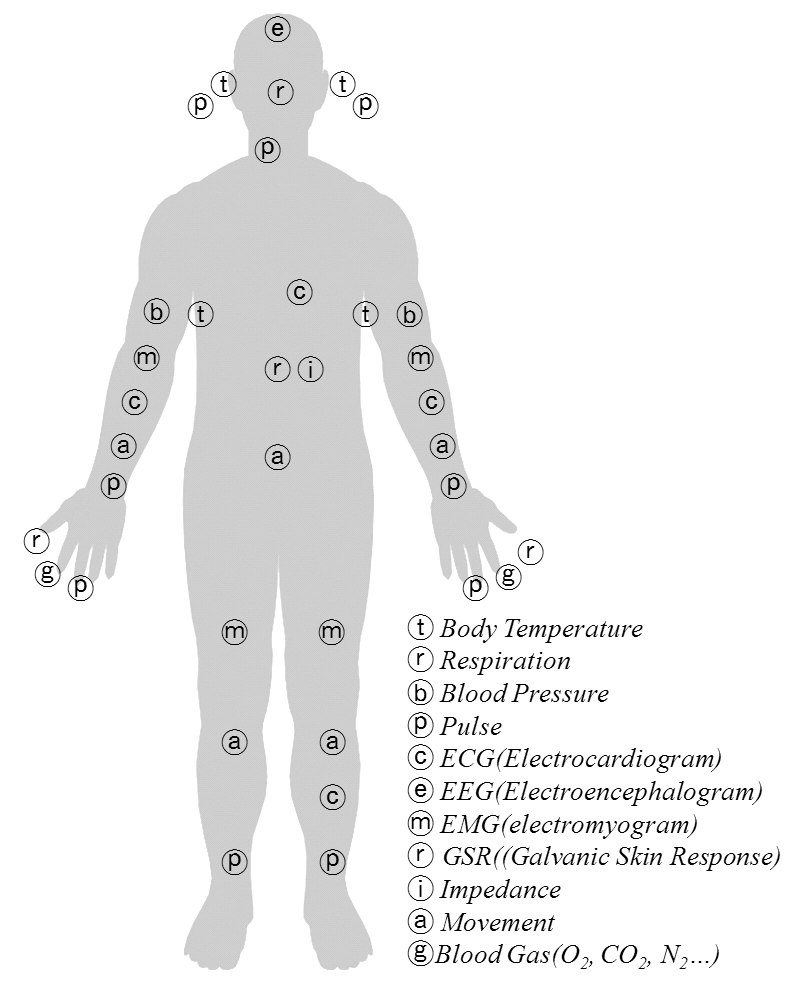
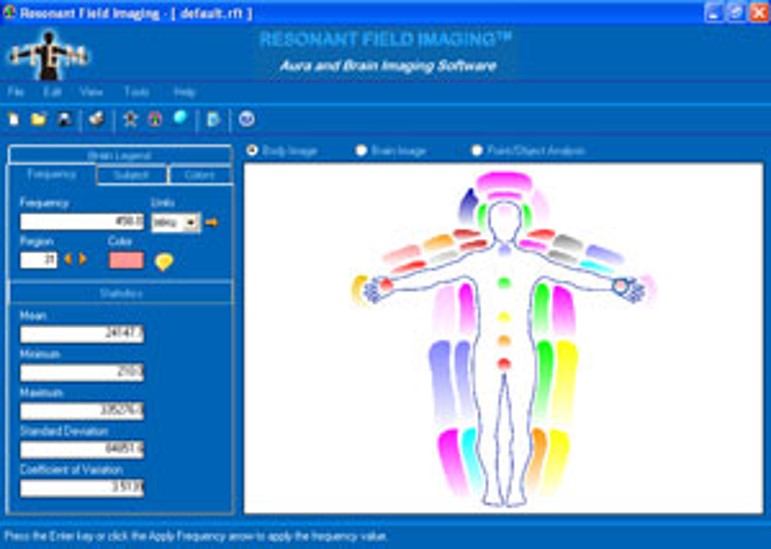
Sabrina explains in many videos since April 2022 what is waiting for us from the digital world, the projects and what is really amazing she can explain how it works. You have to get used to her very natural behavior, way of speaking, singing, moving and praying. But….that´s easy…. while protecting ourselves is not so easy!

Dr. Ian F. Akyildiz – If You Don’t Start Updating Yourself On Emerging Technologies You Will Continue To Be Gaslight And Will Be Left For Dead By The Ones You’ve Chosen To Trust!
His current research interests are in 6G/7G, Wireless Systems, TeraHertz Communication, Reconfigurable Intelligent Surfaces, Nanonetworks, Internet of Space Things/CUBESATs, Internet of BioNanoThings, Molecular Communication and Underwater Communication.
